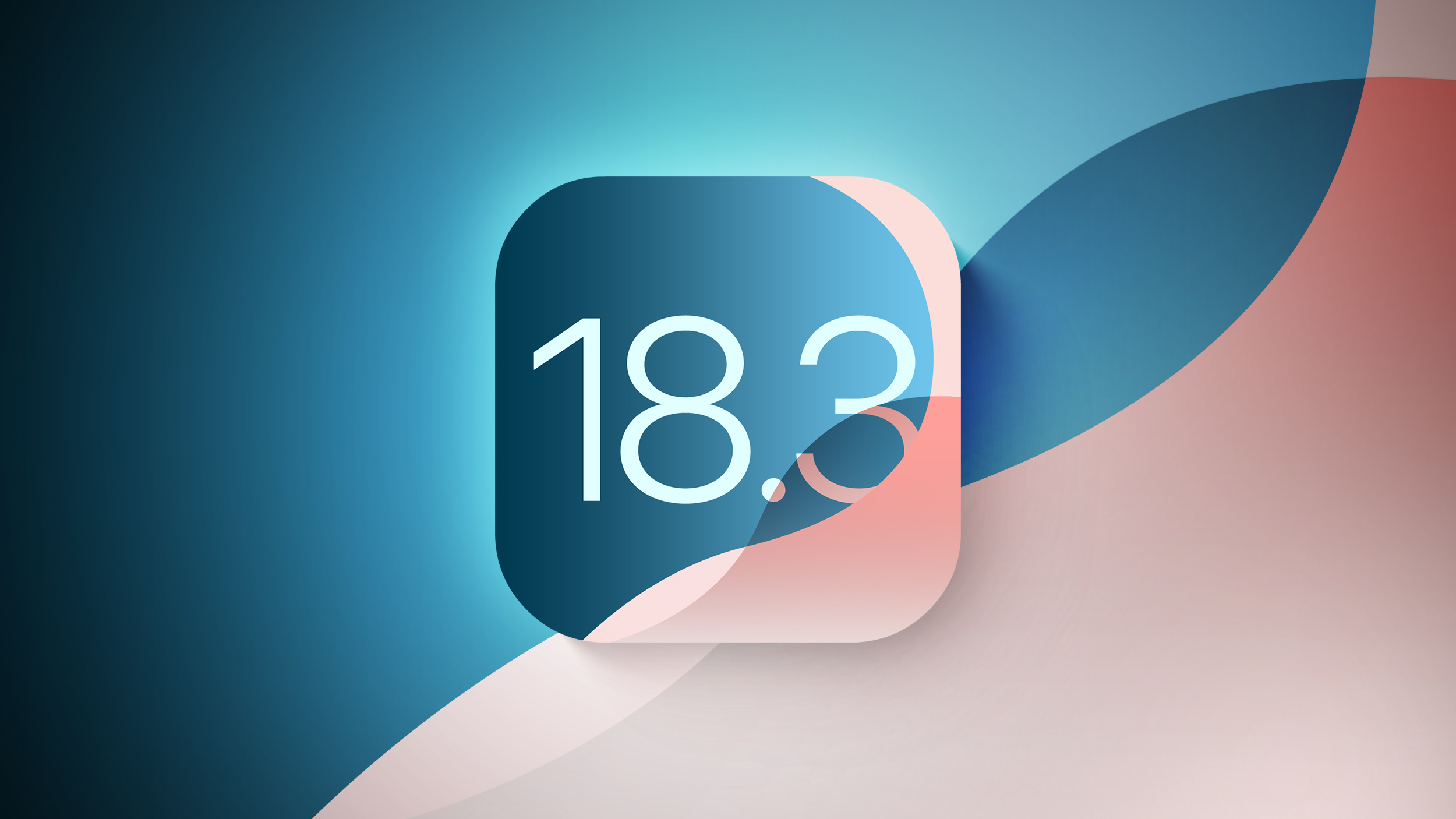Citroen Basalt Coupe-SUV: Top Five Highlights

Citroen recently unveiled the Basalt, its new coupe-SUV. Previously showcased as a close-to-production prototype, the Basalt is the fourth model to result from Citroen’s C-Cubed programme. The Basalt is largely similar to the pre-production model in terms of design. Slated to launch sometime soon in the Indian market, the Basalt’s prices are expected to start in the range of Rs 10 lakh (ex-showroom).
Citroen Basalt: Design
The Basalt’s wheelbase measures 2,651 mm, which makes it 20 mm shorter than the C3 Aircross’ wheelbase
Arguably the most talked-about area regarding the Basalt has been its styling. Although it shares its underpinnings with the Citroen C3 Aircross, the Basalt has a coupe-like roofline that starts sloping down from the B-pillar, and towards the end, merges with an inbuilt spoiler lip. The Basalt’s wheelbase measures 2,651 mm, which makes it 20 mm shorter than the C3 Aircross’ wheelbase. Ground clearance is rated at 180 mm. The Basalt rides on 16-inch alloy wheels.
Citroen Basalt: Colour Options
The Basalt will be offered in five single-tone colour options
Citroen will offer the Basalt in five single-tone choices – Polar White, Steel Grey, Platinum Grey, Garnet Red and Cosmo Blue. Of these, white and red will also be available with a black roof.
Citroen Basalt: Interior
The interior features a 10.25-inch central touchscreen
The interior of the Citroen Basalt has a similar layout as the rest of the C3 range. It features a dual-tone black and beige colour scheme and features a 10.25-inch central touchscreen. It is also equipped with a 7.0-inch full digital instruments display.
Citroen Basalt: Features
The Basalt is equipped with a 7.0-inch full digital instruments display
The list of features on the Citroen Basalt include a 15-watt wireless phone charger, climate control, adjustable under-thigh support for the rear seats, wireless Android Auto and Apple CarPlay and connected car tech.
Citroen Basalt: Powertrain options
The Basalt will be offered with two engines. The first one is a naturally-aspirated, 1.2-litre petrol (81 bhp, 115 Nm) that comes mated to a five-speed manual gearbox. The second is a 1.2-litre turbo-petrol engine that is offered with either a six-speed manual or a six-speed automatic transmission. While power output remains the same with either gearbox (108 bhp), torque is 195 Nm in the manual version, and 210 Nm in the automatic version.







